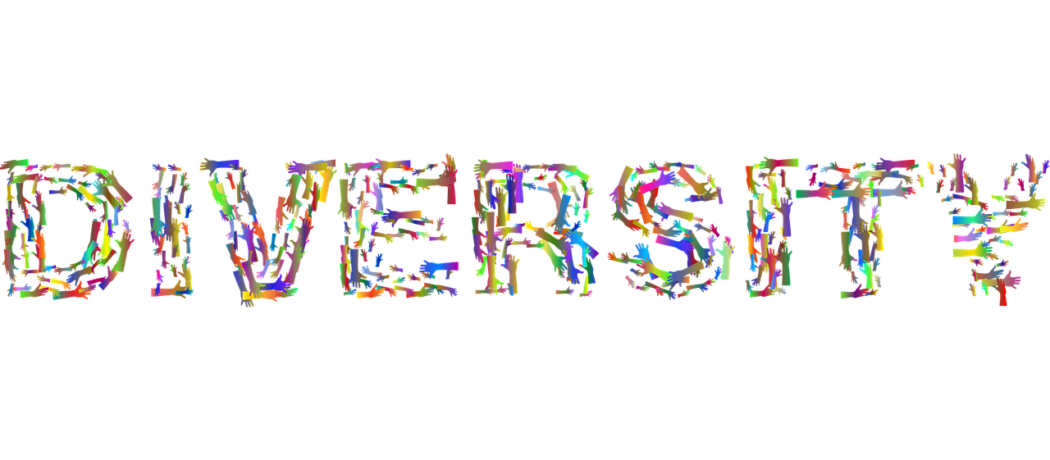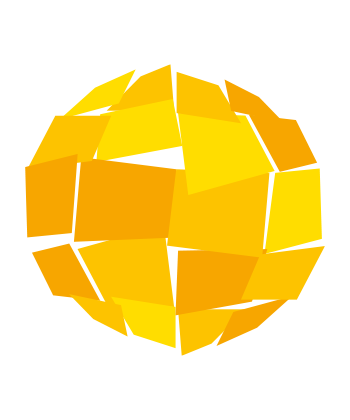Managing differences

Share
A collective organisation par excellence, the company is made up of men and women who have to learn to work together. And when it comes to innovating, tackling an issue in a different way or breaking with established reflexes, being able to rely on a diverse range of profiles is an undeniable advantage. But how do you go about it? How do you create a working group and get the best out of it when you bring together people with different profiles? Mamta BHATT, Professor of Human Resources Management programme at IÉSEG, explains.
In France, the business world faces a recurring accusation linked to its alleged lack of diversity, an «entre-soi» which, according to the most critical, veers towards endogamy. Identical profiles, similar educational backgrounds, equivalent career paths… To be honest, this criticism is not confined to business: the world of politics and the media regularly faces the same reproach, and pop culture has long been poking fun at companies where everyone is a carbon copy of their neighbour.
Managing differences: the difficulty of plural agreement
The cliché has long since been dispelled, however, and diversity has long been a feature of the world of work. But what does it achieve? We know that diversity facilitates innovation, creativity and decision-making,» stresses Mamta Bhatt.
A team with heterogeneous profiles can analyze an issue from different angles, and companies with diverse profiles are better placed to understand the needs of a varied customer base.»
Read the full interview in the latest edition of Change Magazine:
This magazine aims to be an information tool, thanks to the range of expertise of our professors and the informed opinions of our professional partners in relation to current themes. This tool aims to deliver ideas and reflections to its readers, in order to cultivate their daily lives and their perception of the challenges facing the companies of today and tomorrow.




